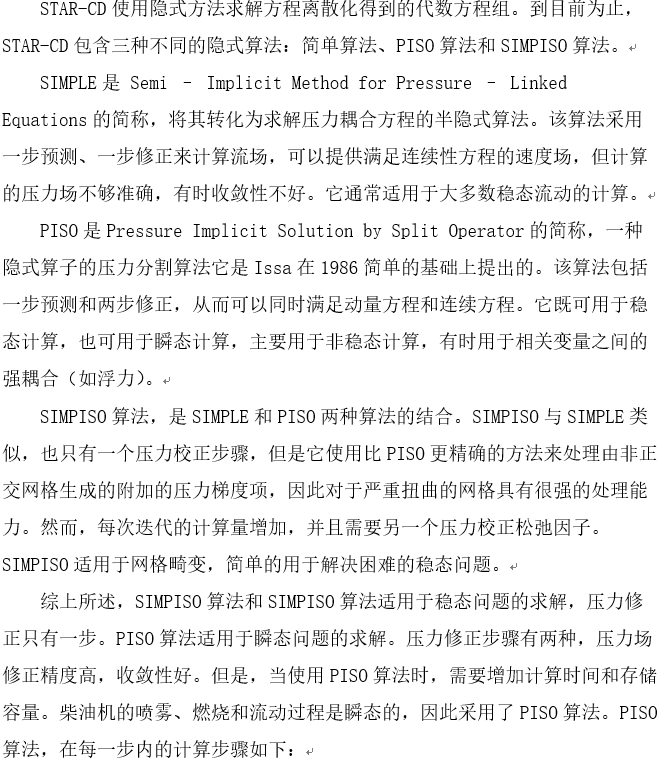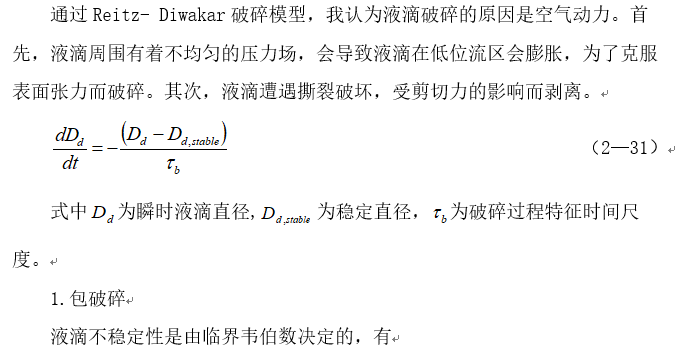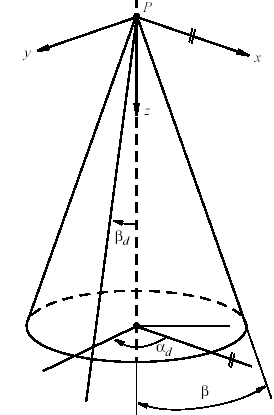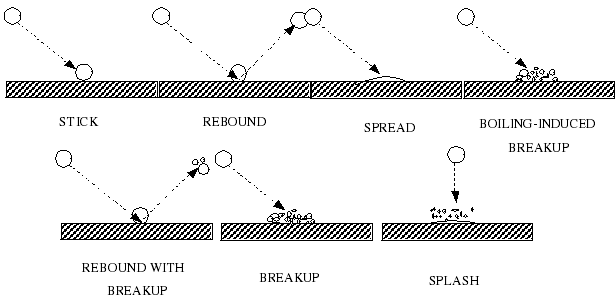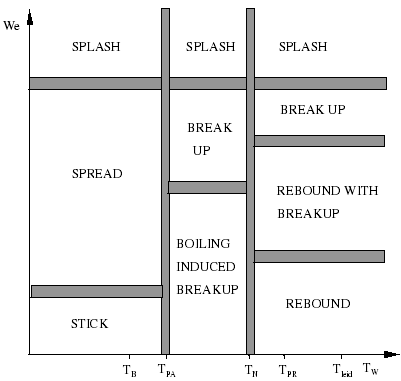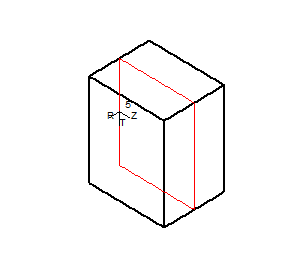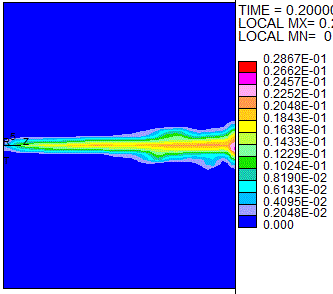定容条件下柴油喷雾撞壁混合过程的数值模拟毕业论文
2020-07-16 20:15:52
摘 要
柴油是当前人类的主要燃料之一,柴油机的发明与使用,加速了人类文明的进展,伴随着的是燃油的经济性和废气的排放污染这两大问题。为了解决这两大问题,本文围绕定容条件下柴油喷雾撞壁混合过程的数值模拟这一课题开展,介绍了研究现状。简单介绍了软件STAR-CD的运用以及操作过程。导出了研究内容。
接着介绍了燃油喷射撞壁的雾化模型以及物理模型。在此引入了基础的控制方程的理论、湍流模型的介绍、微分方程的数值的求解以及离散液滴的守恒方程[1];物理模型的介绍部分,包括破碎模型、蒸发模型、雾化模型以及撞壁模型[2]。
再者,对燃油平板撞壁的研究[3],针对环境温度、环境压力以及喷射角度三个影响因素,列出工况表,共有七个工况,通过STAR-CD软件的计算以及后处理,得到了各个工况的温度场和浓度场的变化情况[4],对此进行分析,从而得出试验结果。
最后,总结全文得出研究成果。
关键词:柴油 燃油机 燃油撞壁 混合气形成 定容弹
Numerical simulation of diesel spray wall impinging mixing process under constant volume condition
ABSTRACT
Diesel is one of the main fuels of human beings. The invention and use of diesel engines have accelerated the progress of human civilization, which are accompanied by two major problems: fuel economy and emission of exhaust gases. In order to solve these two problems, this paper focuses on the numerical simulation of diesel fuel spray wall mixing process under constant volume condition, and introduces the research status. The application and operation process of the software STAR-CD are briefly introduced. The research content is derived.
Then the atomization model and physical model of the fuel injection wall are introduced, and the theoretical basis of the control equation, the introduction of the turbulence model, the solution of the numerical value of the differential equation and the conservation equation of the discrete liquid drop are introduced, and the introduction part of the physical model includes the breakup model, the evaporation model, the atomization model and the wall collision model.
Furthermore, for the study of the wall collision of the oil plate, according to the three factors of the environmental temperature, the environmental pressure and the injection angle, the working condition table is listed and there are seven working conditions. The change of the temperature field and the concentration field of each working condition is obtained through the calculation of the STAR-CD software and the post processing.
Finally, the full text is summed up.
Key words: diesel; diesel engine; fuel wall impinging; mixture formation; constant volume bomb.
目 录
摘 要 I
ABSTRACT II
第一章 绪论 1
1.1 引言 1
1.2 研究现状 1
1.3 STAR-CD软件 2
1.4 经济性分析 3
1.5 课题研究内容 3
第二章 柴油喷雾撞壁雾化数学模型和物理模型 4
2.1 柴油喷雾撞壁雾化数学模型 4
2.1.1 控制方程的理论基础 4
2.1.2 湍流模型 5
2.1.3 微分方程的数值求解 7
2.2 柴油喷雾撞壁雾化物理模型 10
2.2.1 破碎模型 10
2.2.2 蒸发模型 11
2.2.3 Huh雾化模型 12
2.2.4 Bai的撞壁模型 14
2.3 本章小结 20
第三章 柴油喷雾平板撞壁的研究 21
3.1 柴油喷雾平板撞壁的物理模型与试验参数 21
3.1.1 设计柴油喷雾的定容燃烧室 21
3.1.2 试验参数 22
3.2 结果分析与讨论 22
3.2.1 环境温度对撞壁混合气形成的影响 22
3.2.2 环境压力对撞壁混合气形成的影响 25
3.2.3 喷射角度对撞壁混合气形成的影响 28
3.3 本章小结 32
第四章 总结 33
参考文献 34
绪论
1.1 引言
柴油是通过轻质石油和含有约10-22个碳原子的复杂谈情化合物混合而成的,柴油属于混合物[5]。它也可以由页岩油加工和煤液化制成,柴油可以分为两大类,一类是沸点约为150-370℃的轻柴油,一类是沸点约为350-410℃的重柴油[6]。在大型车辆和铁路机车等,柴油有着广泛的运用。
柴油相对与汽油来说,它的能量密度更高,而且有着更低的燃料消耗。柴油机能耗低,所以一些小型车甚至高性能车也改装为柴油机。
相关图片展示:
